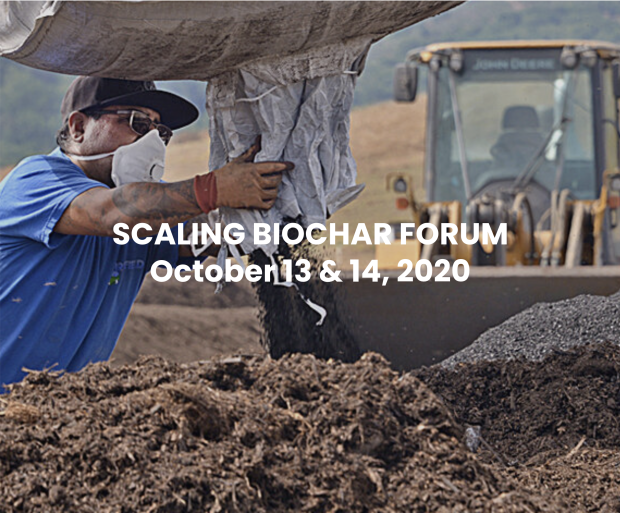This Webinar series organized by the Sonoma Biochar Initiative and the California Biochar Association took place over two mornings on October 13 and 14. This website has links to recording of more than twenty presentations by the most well-known and knowledgeable pioneers in the biochar field, each covering different aspects of the amazing biochar story in brief, 20-minute presentations. Made from low-value surplus biomass generated from forest thinning activities, agricultural residues, urban C&D materials and even from manure, biochar has been recognized in reports by organizations as varied as the IPCC, The Nature Conservancy, Lawrence Livermore National Lab, and ClimateWorks as a relatively inexpensive and scalable natural climate solution that can help can reduce CO2 emissions. Biochar production converts up to 50 percent of the carbon contained in plants into a valuable and very stable form that degrades very slowly, making it one approach to carbon drawdown that we can employ now, anywhere in the world, using a variety of low-tech and high-tech methods and different surplus materials available in each community. At the same time, biochar also provides an incredible number of benefits across a range of industries.
Learning topic
Learning level
